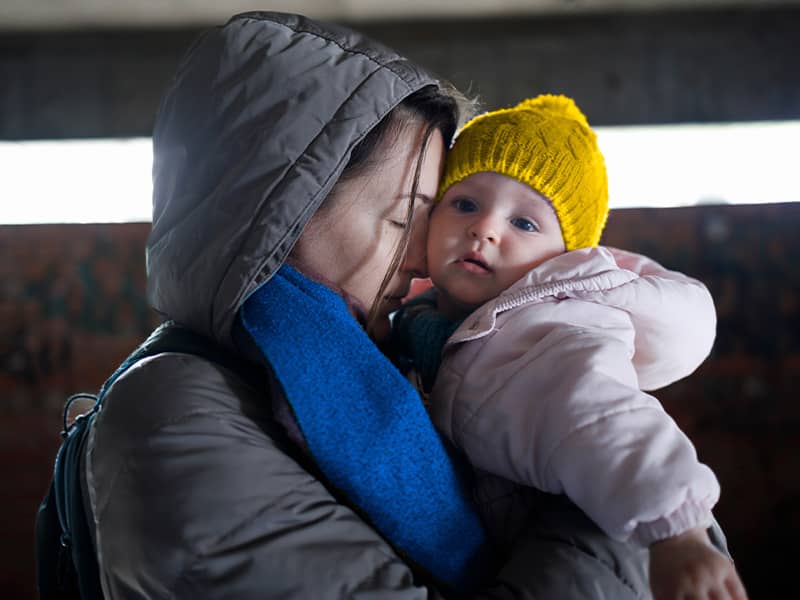Some denominations are increasingly moving away from rigid, wooden pews that have been around for centuries, manufacturers say. Chairs with cupholders, and plenty of space and padding are finding their way into churches where clergy say the seat can be as important as the message. "For many first-timers, the only way they make contact with the church is on their behind," said Steve Korn, a teaching pastor at CedarCreek, a non-denominational Christian church. "If they're comfortable, like the service and the building, they'll probably come back."
The 1,400 seats in the church's 2-month-old building have 4-inch padding and cupholders. Mike Wedel, president of Garnett Church Furnishings, which has been making pews since 1879 in Garnett, Kan., said pews also have been getting wider and more comfortable in recent years. "I don't know if it's because rumps have gotten bigger or because of the demand for more comfort," he said.
Theater-style seats are popular in large, new Christian churches, southern Baptist churches and synagogues, said Les Lundberg, worship sales manager for Irwin Seating Co. Still, some denominations--such as the Roman Catholic church--prefer traditional pews, said Lundberg and other seat makers.
In early churches through medieval times, worshippers stood throughout services, said Duncan Stroik, an associate professor of architecture at Notre Dame University. Pews began appearing as sermons lengthened. Stroik said the current trend of theater-style seating is a throwback to a movement in the mid-19th century, when Protestant churches in America modeled their buildings after theaters with sloping floors and individual seats.
Within a few decades, churches and architects wanted to return to a more traditional look and began designing simpler worship buildings. The new boom in comfortable church seats has coincided with the growth in the last decade of mega-churches that seat thousands. "The theater has become the model again," Stroik said.
Irwin Seating, one of the world's biggest seat makers, jumped into church seating within the last year after installing seats in places such as Carnegie Hall in New York and Atlanta Motor Speedway. "We expect we'll double our business in the next five years," Lundberg said. The Grand Rapids, Mich.-based company, which only installs the theater-style seats, now works on up to 15 church projects a month, he said.
Part of the strategy of putting comfortable seats in churches is to attract those who may have been turned off by traditional denominations. "They're almost looking for a non-church look," Lundberg said.
The company is hoping to expand its reach into denominations such as the Roman Catholic church. "We're never going to sell there until we develop a kneeler option," Lundberg said. "What you fight is really tradition."
Sauder Manufacturing of Archbold, Ohio, which says it is the nation's largest maker of church pews, says its sales have increased over the last two years. Sauder's designers and engineers work on making church pews that retain a traditional look while still providing comfort.
Leaders at Montgomery Community Baptist Church near Cincinnati decided on a compromise when building a new sanctuary in 1998 _ wooden pews with individual padding, made by Sauder. "You still see pews when you walk in from the back of the room," said building supervisor John Sedziol. "For some people, that's important."
St. Mary's Roman Catholic Church in Auburn, N.Y., chose wooden pews without padding during a renovation in 1997. Church leaders wanted the pews to retain the traditional look inside the sanctuary but didn't want padding because they were worried it would muffle voices. The pews are better designed than older pews and provide better back support, said the Rev. Robert Schrader. "I've sat in churches where sometimes you can't get comfortable no matter what you do," Schrader said.

